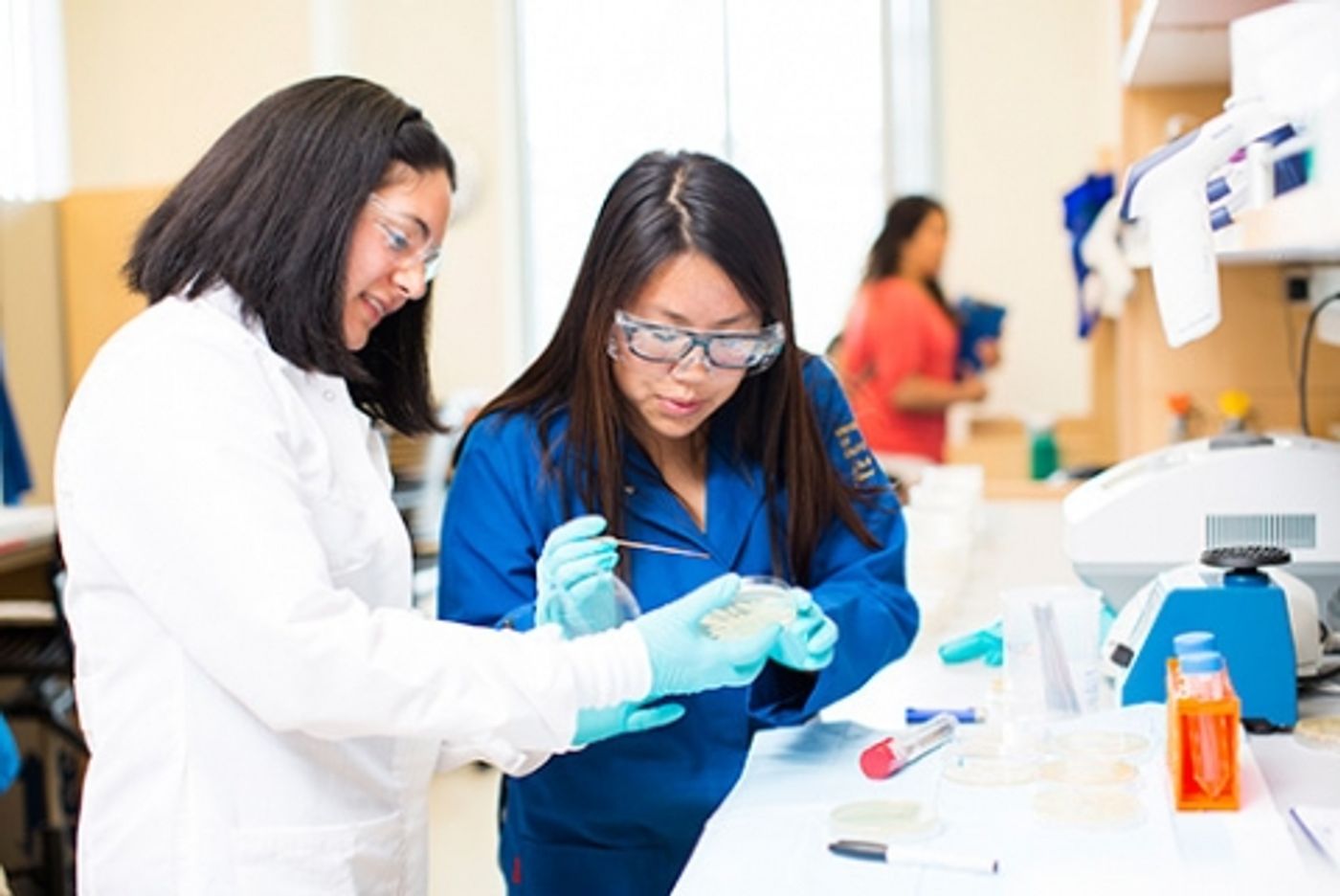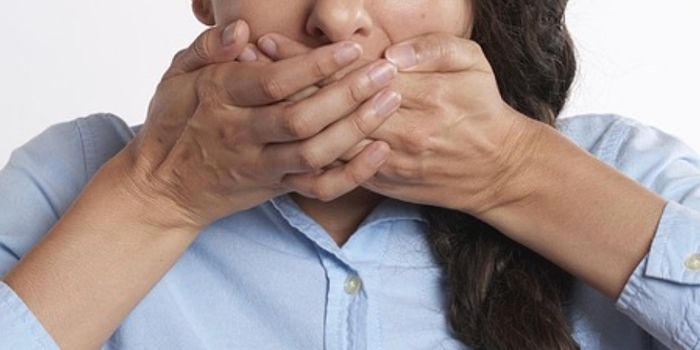Microorganisms frequently attach to a surface and begin to grow into a colony called a biofilm in which cells stick to each other and sometimes, produce a matrix the microbes reside in. Biofilms are everywhere, and not only on slimy rocks outside, but also in our bodies in places like our teeth and inside of our digestive tract, as well as inside of medical equipment like heart catheters. The video below explains more about biofilms.
Infections in these normally harmless biofilms can have devastating health consequences. Not only are they simply difficult to observe, they can be very tough to treat. A professor at University of California Merced’s School of Natural Sciences and the Health Sciences Research Institute, Clarissa Nobile, is working on that problem. She studies Candida albicans (C. albicans), a microbe that creates the biofilms that can result in yeast infections in and on the human body. While C. albicans is a normal resident of the human microbiome, it is capable of causing infections that range from mild to deadly.
Nobile and her research team have
published work in mBio revealing that they have succeeded in visualizing biofilms inside the body by using bioluminescent markers.
"C. albicans infections can be really dangerous," explained Nobile. "They can form inside us on any mucosal surface, or on implanted medical devices like artificial heart valves, catheters or pacemakers. They are very drug-resistant, making it extremely difficult to get rid of a biofilm inside the body. Right now, we can treat the symptoms, but we can't get rid of the biofilm unless we remove the medical device it has formed on."
Their publication describes how the biomarkers can detect to enzymes that degrade other proteins, called proteases. Those proteases are Sap5 (Candidapepsin-5) and Sap6 (Candidapepsin-6) and when they are either removed or destroyed, a biofilm does not form or forms improperly, thus preventing a stubborn infection.
Nobile’s lab utilizes biochemical, genetic and microbiological tools to investigate the relationships between microbial species that are found in humans. While previous research usually stayed focused on a single microbe or pathogen, Nobile’s work aims to study the complex network of microorganisms and how they affect one another. Her lab also works in collaboration with her company, Biosynesis Inc. They are working on developing diagnostics that will make testing for problematic biolfilms formed by pathogenic microbes easier.
The investigators hope their new technology can be used to identify other pathogens as well. "It's fun to work on the entrepreneurial side of this," Nobile commented. "This is a situation where the basic science translates into a real-world application."
Nobile won a
Pew scholar award last year; she is the first UC Merced faculty member to win the prize. It provides four years of funding to new investigators that pursue high-risk, high-reward research that has the potential to lead to amazing advances in biology.
Sources:
Phys.org via
University of California, Merced,
mBio









